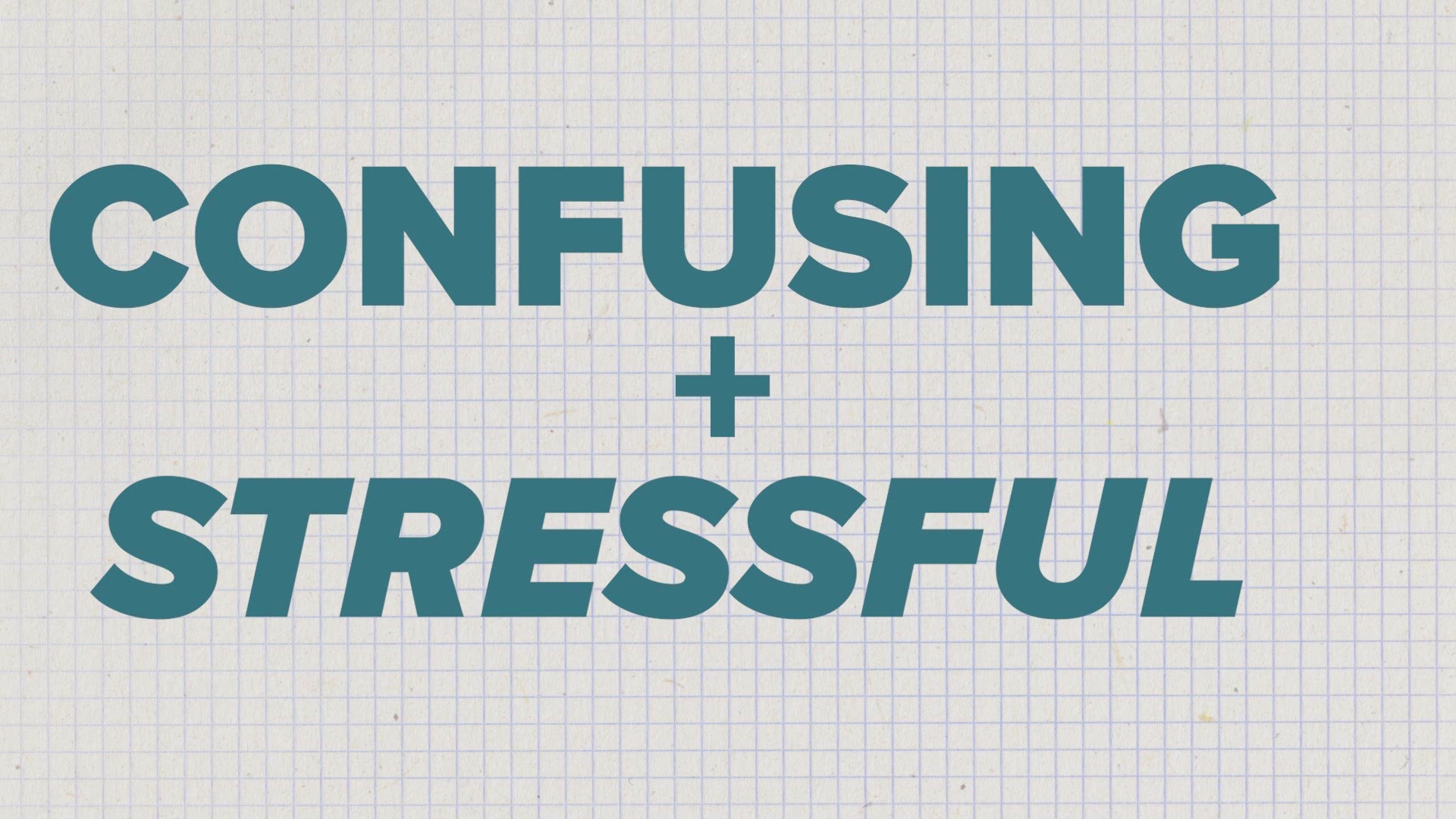Many young Americans have never dealt with unemployment. It can be a stressful and confusing process to navigate for lots of people, but it doesn’t need to be.
Unemployment benefits have been a part of federal law since the Great Depression when they were included as part of the Social Security Act-- a safety net for American citizens in times of financial turbulence.
Nowadays, unemployment benefits are typically provided to people who are out of work through no fault of their own. The process for qualifying and collecting unemployment differs from state to state as unemployment benefits are managed by the states rather than the federal government.
Who qualifies?
Generally speaking, most states allow people to collect unemployment benefits if they were laid-off, quit for good reason, or fired for reasons other than misconduct.
A person also has to have worked at their previous job for a certain amount of time and has to demonstrate they are searching for a new job.
However, these eligibility requirements may be less restrictive right now.
The federal government has allowed states to change their laws so people affected by the coronavirus outbreak can receive benefits.
As a result, you may be eligible if the virus has affected you in any of these ways:
- Your employer has temporarily ceased operations due to COVID-19, preventing employees from coming to work
- You are quarantined with the expectation of returning to work after the quarantine is over
- You have left your job due to a risk of exposure or infection or to care for a family member.
Underemployment
People whose hours have been cut, or have been moved to part time through no fault of their own might not realize they may be able to apply for underemployment or partial unemployment.
Depending on where you live, this means you could be eligible if your hours were cut to avoid layoffs but you could normally work more hours.
Applying for unemployment and underemployment is generally the same.
How can I file?
Click this link to find out the specific requirements in your state. Depending on where you live, you can submit the required information online, over the phone or by mail. Be prepared to give personal information like your Social Security number, and payroll information that can be found on a W2 or paystub from your former employer. You will likely also have to submit weekly updates to your state to maintain eligibility.
How much money will I get?
Your exact pay per week depends on your state and how much money you were making before losing your job. Your state will calculate the specific number using information from your previous paychecks. But the exact amount can't be lower or higher than your state's maximum and minimum amounts. Find out more by clicking on your state here.
For how long can I claim the benefits?
Most states allow eligible residents to claim unemployment benefits for 26 weeks (6.5 months), although some states offer more or less time.
Montana allows for up to 28 weeks, while the following states offer less time:
- Idaho (21 weeks)
- Arkansas (20 weeks)
- South Carolina (20 weeks)
- Kansas (16 weeks)
- Alabama (14 weeks)
- Georgia (14 weeks)
- Missouri (13 weeks)
- Florida (12 weeks)
- North Carolina (12 weeks)
Searching for work
You can access resources from the U.S. Department of Labor here that can help you find job training or employment. If you need help dealing with debt, click here. In the meantime, stay positive and healthy with these resources for managing your mental health.

